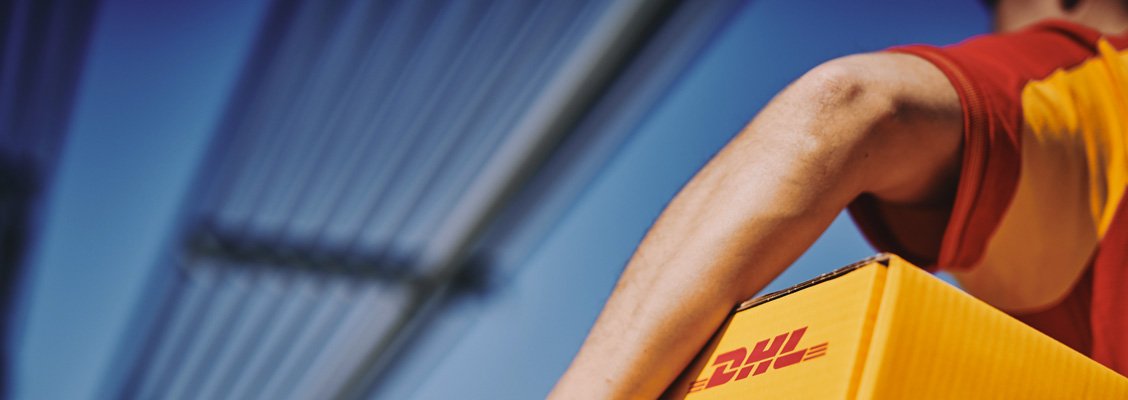
Using eco-friendly packaging sends a clear message that your business cares about the environment. This helps build trust and positions your brand as responsible and forward-thinking – qualities today’s consumers actively seek out.
Sustainable packaging isn’t just a nice-to-have anymore – it’s fast becoming a core essential for e-commerce businesses. In 2025, the pressure is mounting to rethink how products are packed, shipped, and delivered in ways that benefit both the planet and the bottom line.
The numbers speak volumes. The global sustainable packaging market is projected to reach USD 418.6 billion by 20271. Meanwhile, 85% of consumers say that sustainable packaging influences their purchasing decisions2.
Regulatory pressure is rising, too, with governments around the world introducing stricter requirements for recyclable, reusable, or compostable packaging.
So, whether you’re just starting to make the switch or looking to level up your existing strategy, understanding the business case for eco-friendly packaging is key to staying competitive.
At its core, sustainable packaging is about reducing environmental impact throughout a product’s life cycle – from sourcing and production, to delivery, use, and disposal. That means using materials and design strategies that minimize waste, lower emissions, and keep resources in circulation for as long as possible.
There are many ways to make packaging more planet-friendly, depending on your product, industry, and supply chain. These are some common types of sustainable packaging used by businesses today:
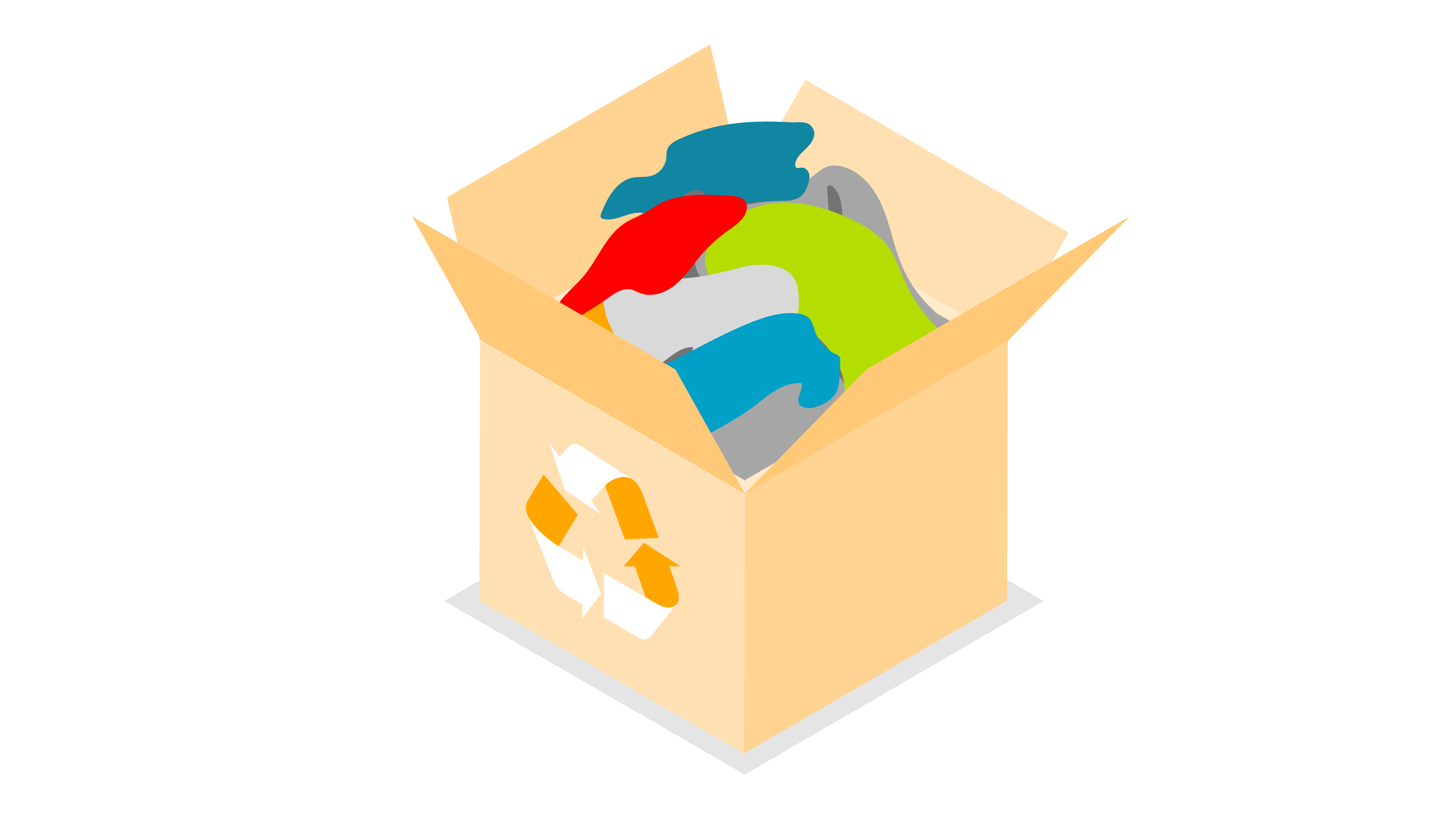
Materials like cardboard, paper, and some plastics that can be reprocessed and reused in new products. Clear labeling helps ensure they end up in the right waste stream.

Made from plant-based materials such as cornstarch or bagasse (sugarcane fiber), these break down naturally in composting conditions.
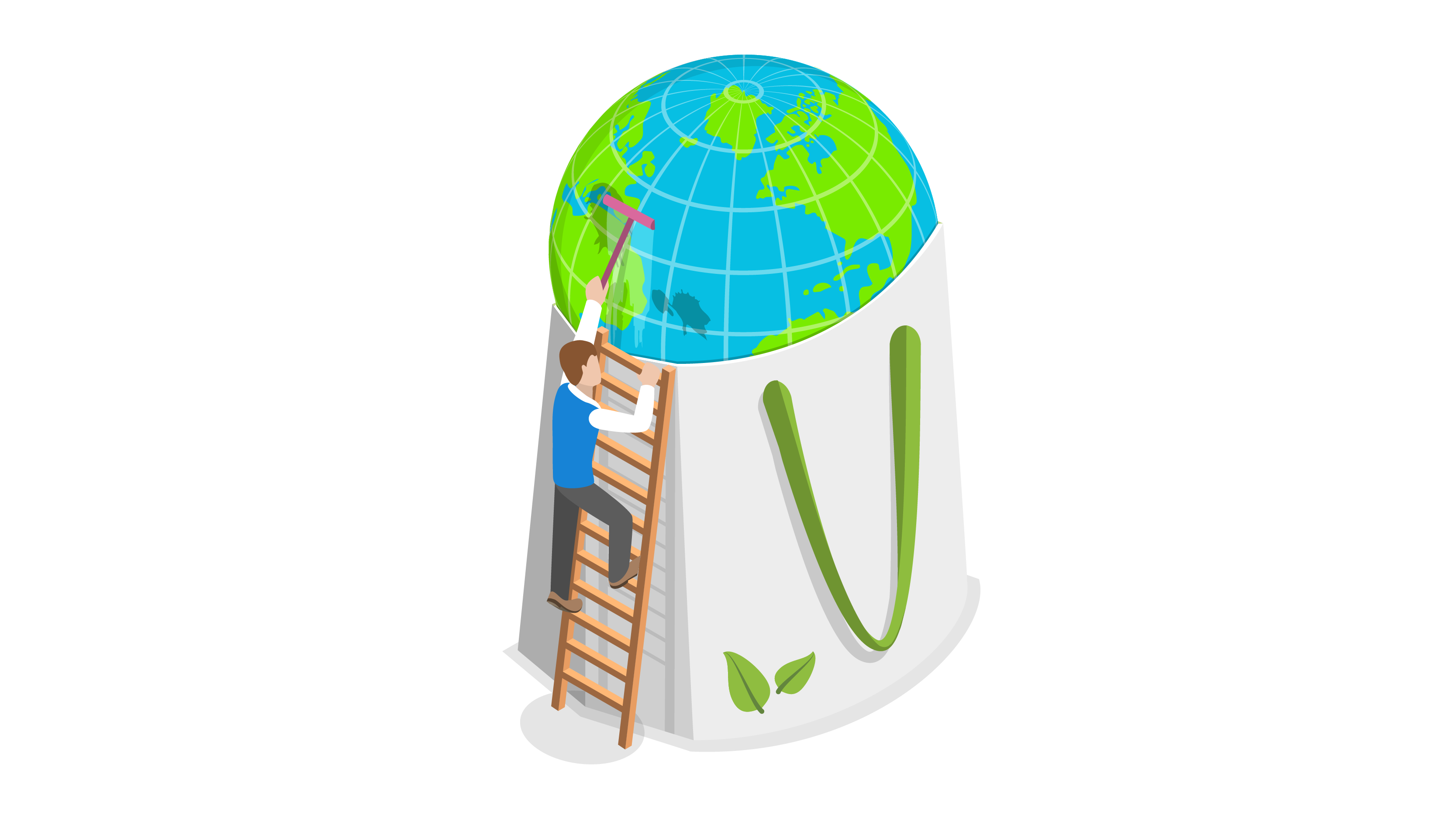
Similar to compostables, but not always suited for home composting. These materials break down over time through microbial action, though speed and environmental safety can vary.
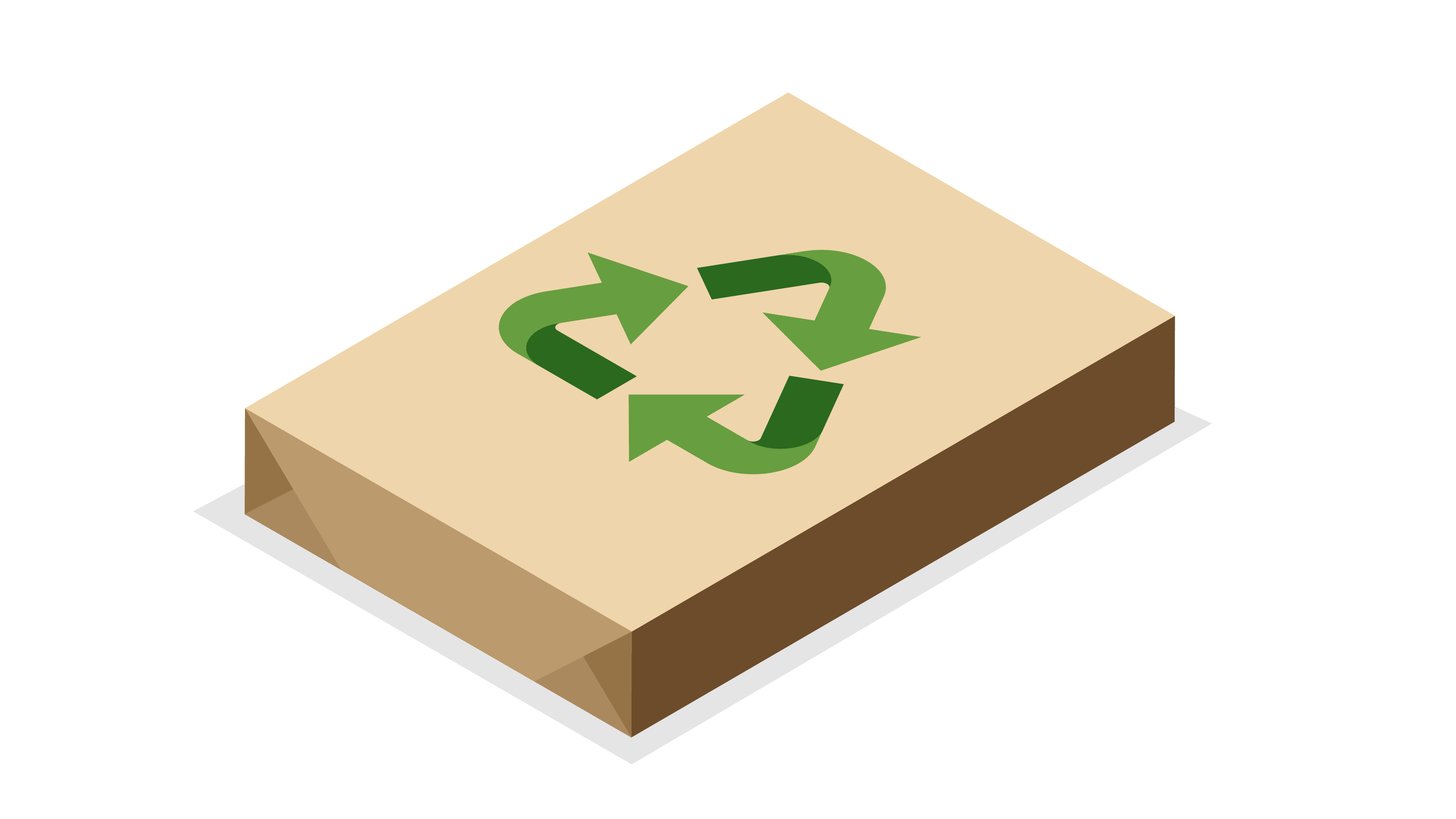
Designed to be used multiple times – like refillable containers and returnable mailers. A circular solution that’s growing in popularity, especially in subscription and D2C models.
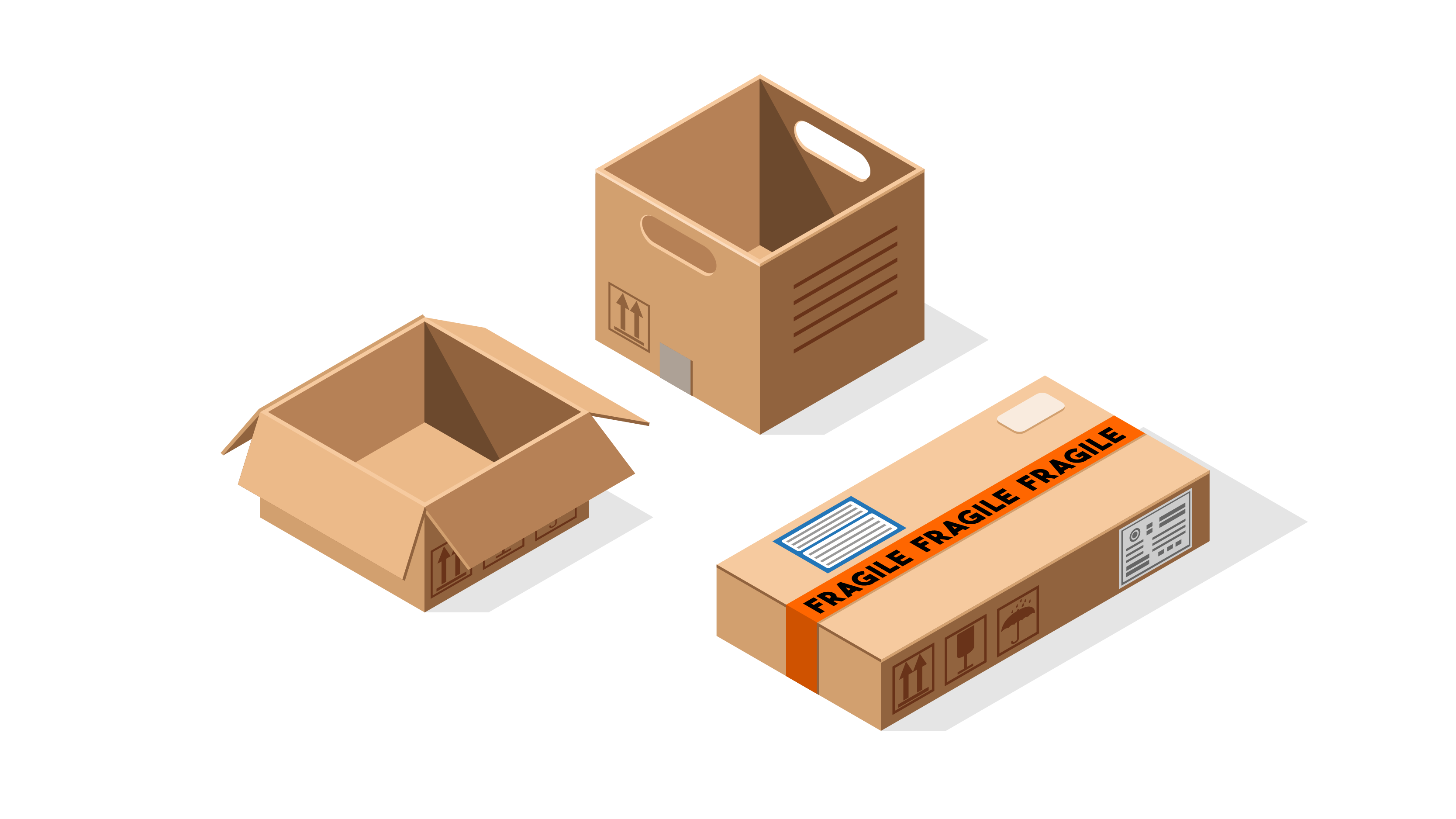
Less is more. This approach reduces excess materials and eliminates unnecessary layers, often through smart design and multifunctional components.
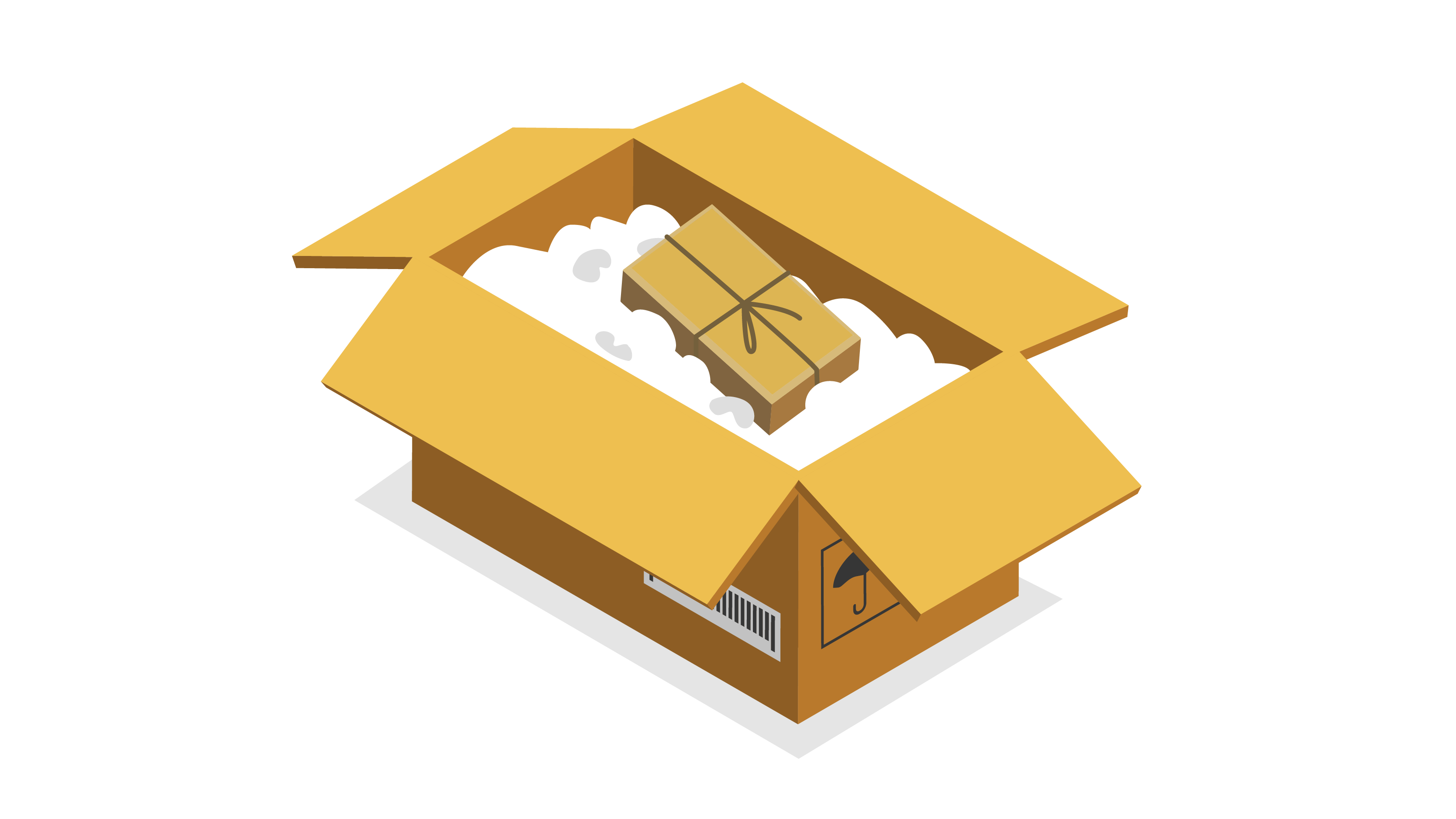
Packaging made from previously used materials (like post-consumer recycled plastics or paper), reducing the need for raw resources, and lowering overall emissions.
Choosing the right sustainable packaging solution isn’t just about ticking a green box – it’s about finding the best fit for your product, customers, and logistics workflow.
Sustainable packaging isn’t just an ethical choice anymore – it’s a smart one, offering real advantages for businesses.
According to the United Nations3, the packaging sector is the largest generator of single-use plastic waste globally, accounting for around 36% of all plastics produced. Much of that ends up in landfills or oceans, where it breaks down into microplastics that pollute ecosystems and enter the food chain.
By switching to recyclable, compostable, or reusable packaging, businesses can cut their environmental footprint and play a direct role in tackling one of the planet’s most pressing waste problems.
Customers are paying attention. Sustainability is now a key factor in purchasing decisions, especially among Gen Z and Millennial shoppers. Recent studies show that over 60% are influenced by eco-friendly packaging when making a purchase4. This means your packaging could be the incentive for a customer to complete a sale.
Sustainable packaging helps eliminate unnecessary materials, reduce shipping volume, and cut down on product damage – all of which translate to less waste, both for your business and your customers. Smarter packaging design also means less clutter in warehouses and more efficient use of space in transit.
The result? A leaner supply chain and a lower environmental impact across every stage of delivery.
While eco-friendly packaging may seem more expensive upfront, it often leads to long-term savings. Here's how:
Plus, by staying ahead of tightening regulations around plastic and waste, businesses can avoid potential fines and compliance costs down the line.
Cost: While sustainable packaging can have higher upfront costs, businesses often see long-term savings through reduced shipping weights and bulk purchasing. Plus, many consumers are willing to pay more for eco-friendly options, making it a smart investment.
Material performance: Innovations in cushioning, waterproofing, and cold-chain materials mean sustainable packaging can now offer the same protection as traditional options. Testing with logistics partners like DHL helps ensure the right fit for your products.
Scalability: Growing sustainable packaging efforts can be complex, but working with logistics experts provides access to tools and strategies – like DHL’s packaging optimization solutions – that make scaling manageable and cost-effective.
Availability: Finding reliable eco-friendly suppliers can be tough, but verified directories and platforms such as DHL’s Sustainable Product Portfolio simplify sourcing and reduce risk.
This table will help you identify the best sustainable packaging solution(s) for your needs.
Sustainable packaging isn’t just good for the planet – it’s a smart business move that can unlock real value across your company.
Using eco-friendly packaging sends a clear message that your business cares about the environment. This helps build trust and positions your brand as responsible and forward-thinking – qualities today’s consumers actively seek out.
Shoppers are increasingly choosing brands that align with their values. Sustainable packaging can boost repeat purchases and attract new customers who want to support businesses making a positive impact.
While some sustainable materials might cost more initially, you’ll often save money in the long run. Think reduced shipping fees from lighter packaging, less waste to manage, and lower disposal costs.
Eco-friendly packaging often means smarter design – right-sized boxes, less filler, and simplified materials – which streamlines packing and shipping. This can speed up fulfilment and reduce errors.
Sustainability opens doors to collaborations with like-minded suppliers, logistics providers, and customers. These partnerships can lead to innovation, better service, and a more resilient supply chain.
Making your packaging more sustainable doesn’t have to be overwhelming. By breaking it down into clear steps, you can create a practical plan that fits your business – and your budget.
1. Audit your current packaging footprint
Start by assessing what you’re using now. Measure package sizes, identify material types, and check how recyclable or compostable your current packaging is. This baseline will help you pinpoint the biggest opportunities for improvement.
2. Research sustainable material options
Explore alternatives like recycled cardboard, compostable fillers, or reusable containers. Consider how these materials perform for your product and supply chain needs – durability, weight, moisture resistance, and so on.
3. Redesign packaging for minimalism
Simplify your packaging by eliminating unnecessary void space, reducing layers of printing and branding, and choosing right-sized boxes. Less material means less waste, lower shipping costs, and a cleaner brand message.
4. Partner with logistics experts like DHL
Work with a logistics partner who can help optimize your packaging and shipping process. DHL offers solutions to streamline fulfilment and reduce carbon emissions –aligning with their own ambitious sustainability goals. Collaborating with experts ensures your sustainable packaging strategy is efficient, scalable, and effective.